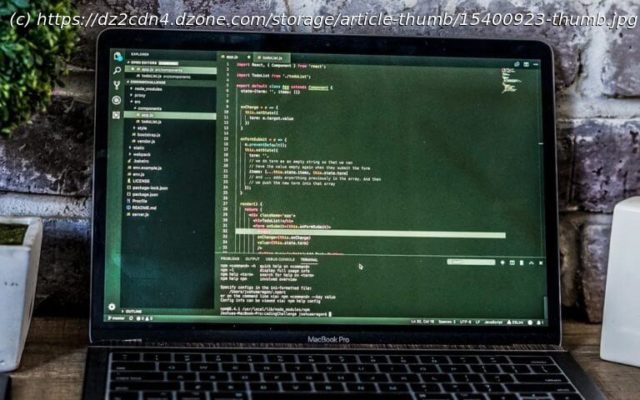While GraphQL enables the creation of flexible APIs, it is considered prone to allow malicious queries that compromise application servers. We delve into …
Join the DZone community and get the full member experience. While GraphQL enables the creation of flexible APIs, it is considered prone to allow malicious queries that compromise application servers. Being one of the most popular query languages, commonly found vulnerabilities make GraphQL Security a topic of consistent deliberation, assessment, and flaw mitigation. In this blog post, we delve into various GraphQL vulnerabilities, best practices to mitigate risks and address some commonly asked questions. GraphQL is a server-side runtime, API query language that prioritizes returning only the data that clients request. The language is intended to make APIs lightweight, flexible, developer-friendly, and fast. GraphQL lets development teams craft requests that access data from multiple sources in a single interface call, making it an alternative to the REST API framework. The language can be deployed within an Integrated Development Environment (IDE) and provides a syntax that describes how users should ask for data. GraphQL offers a framework that operates predictably while allowing developers to build APIs with their chosen methods. With its feature-rich platform that simplifies the creation of API queries, GraphQL is now considered a critical component in developing modern application tech stacks. While it enables the creation of flexible APIs, GraphQL is considered prone to allow malicious queries that compromise application servers. To help organizations reduce attack surfaces on GQL APIs, there are certain considerations that help mitigate security issues inherent to GQL platforms. These include: When using GraphQL, raw data is represented by the scalar type. GraphQL APIs typically support five basic scalar data types: Int, Float, Boolean, ID, and String. While this basic set is enough for simple APIs, GraphQL allows developers to craft their own scalar types for APIs that require additional raw data types. If developers choose to do this, they should configure additional user input validation and sanitization processes. Failure to implement these functions compromises GraphQL’s scalar-type safety. When adapting existing APIs to be used by GraphQL clients, developers typically implement GraphQL as a thin proxy layer on top of an internal REST framework. If this transition is implemented without adequate security considerations, a malicious user can modify the path or parameters specified in API requests. When the modified requests are parsed to the backend API, attackers can carry out cross-site request forgery. GraphQL leaves the responsibility of configuring authorization and authentication checks on the implementor. The GraphQL API includes multiple authorization checks in both query-level resolvers and those that load additional data.






